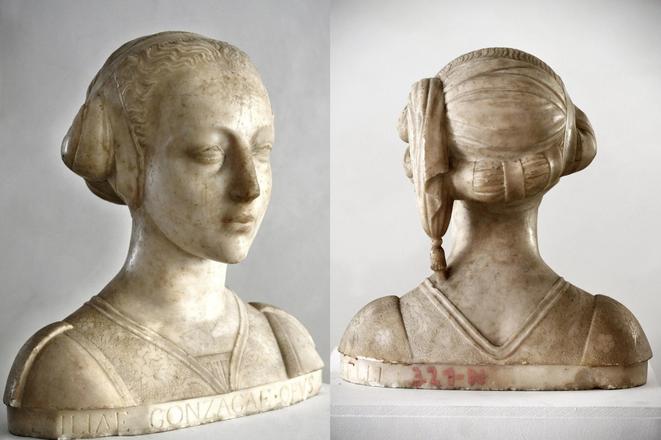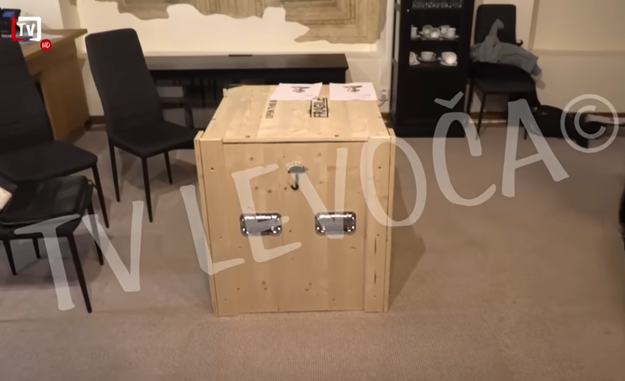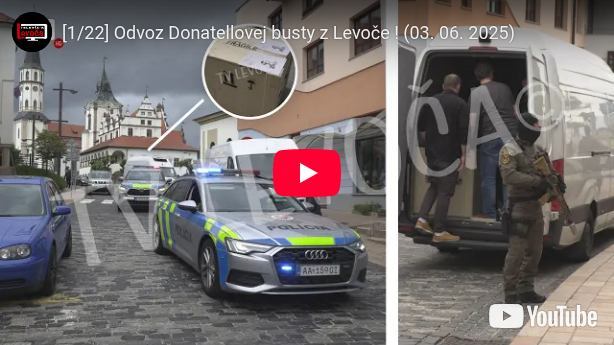Over 40 days have passed since the quiet and controversial removal of a Renaissance bust – believed to be by Donatello – from the Spiš Museum in Levoča, eastern Slovakia. The marble sculpture of Cecilia Gonzaga was transported under armed police escort to a government facility in Topoľčianky, western Slovakia.
In response to a question about why the police were used during the transport, Culture Minister Martina Šimkovičová replied several days after the transport, “Jesus, because it’s valuable.” This remark – “Because it’s valuable” – quickly spread across social media, inspiring a wave of memes and, to some extent, becoming a catchphrase in public discourse.
Despite the historical value of Donatello’s artwork and its international relevance, the public still remains in the dark about its fate, location, and the legal basis for the transfer.
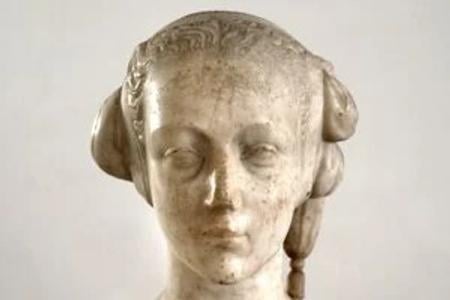
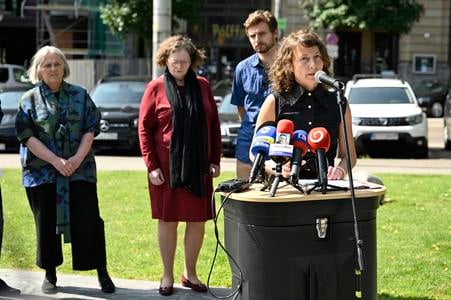
€7,000 spent on a wooden crate
The operation was carried out by the Culture Ministry under the watch of its Chief of Staff Lukáš Machala, who wore a hoodie during the event. The bust was loaded into a custom wooden crate manufactured by a private firm, which charged the ministry nearly €7,000 for the box and a further €1,168.50 for the actual transport. The transport occurred without informing the museum staff, and the public only learned of it due to footage captured by a local television crew.
The ministry has not disclosed who authorised the move, who currently holds responsibility for the artwork, or when – if ever – it will return to its original home. During a recent meeting with President Peter Pellegrini, the minister stated, “I will support its return to the Spiš Museum, provided that all safety standards are met.” The question remains: why did the ministry choose to remove this particular artwork – and not any of the many other valuable pieces in the museum’s collections – and why specifically in late May?
Moving the sculpture
Company: IGS - HS Art Service
Transport: €1168.50
Production and rental of a transport crate: €6998.70
Source: The Culture Ministry
The bust was not insured, and no official loan agreement or documentation regarding its current storage has been made available.
Šimkovičová has repeatedly defended the decision, insisting everything was legal and in accordance with internal protocols. However, even coalition MPs have raised concerns. The Parliamentary Committee for Culture summoned ministry officials for clarification, yet few answers were provided.
“Hysteria”, Fico says
Prime Minister Robert Fico leapt to Šimkovičová’s defence in a press conference on 13 June, denouncing the criticism as “hysteria”. He attributed the backlash to media sensationalism and claimed that the minister was being unfairly targeted because of her gender. “You think it’s okay to attack her just because she’s a woman? That’s disgusting,” he declared.
Fico went further, politicising the issue by framing it as part of a wider cultural agenda. He lauded Šimkovičová’s stance on “traditional values” and her refusal to support LGBT+ organisations, even boasting that the current government had “cut off funding to queer projects”. He described his cultural policy as one that opposes the “café layabouts” and champions “national culture” rooted in family and Christian tradition.
Professor Caglioti
Meanwhile, basic questions about the bust remain unanswered. Though a respected Neapolitan professor, Francesco Caglioti, has been hired for €8,000 to evaluate the bust, the ministry has been vague about when he or other foreign experts from Switzerland and Italy will arrive, or what institutions they represent.
The purchase order for Caglioti’s services
Flight ticket (Faveo): €397
Accommodation (Falkensteiner Hotel) - €332
Consulations - €8,000
Source: The Culture Ministry
Art historian Marta Herucová, who has long studied the bust, recalled in a March interview with Denník N that Professor Caglioti – now contracted by the ministry – once told her he believed the bust was a copy. When she asked him to share the supposed original or an example of the alleged forgery, he reportedly ceased communication.
“We then began cooperating with the Cathedral Museum in Florence, which holds the largest collection of Donatello’s works, and they were immediately convinced it was an original Donatello,” she said.


